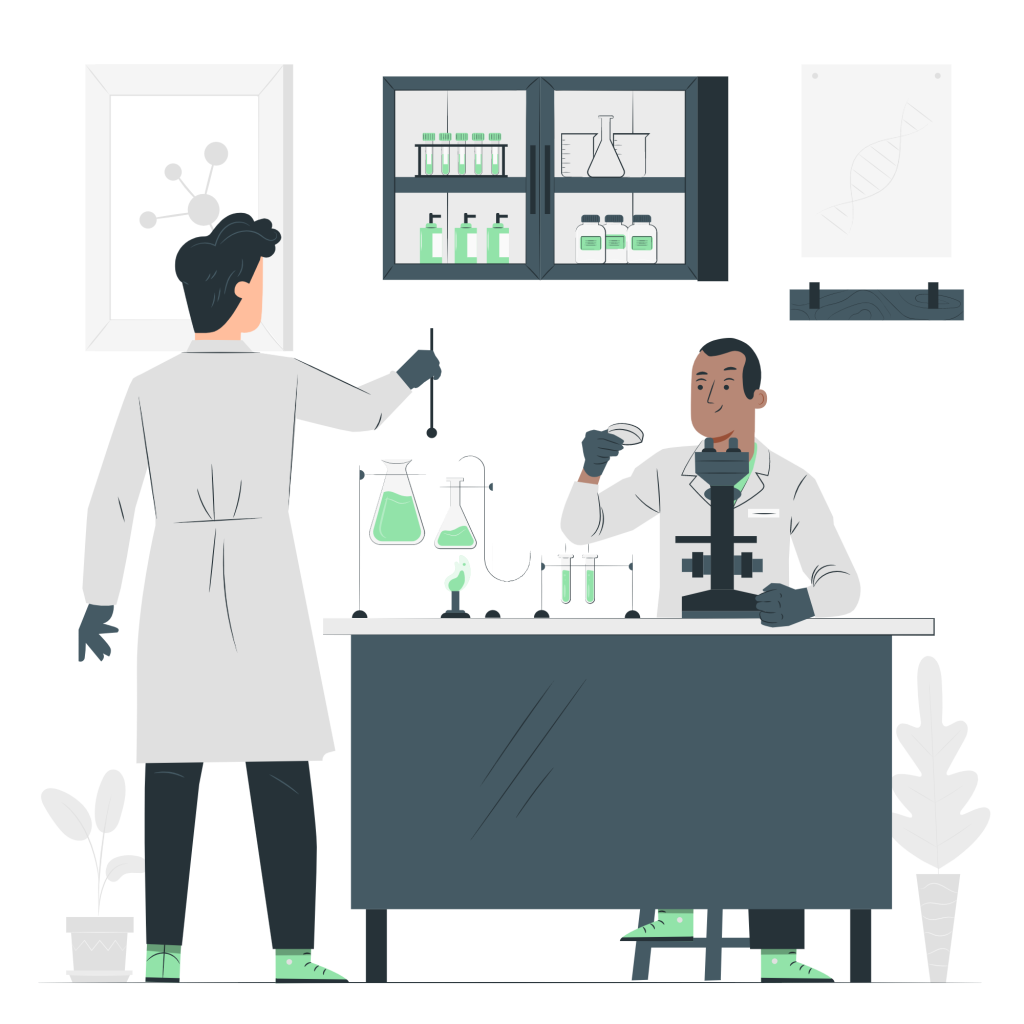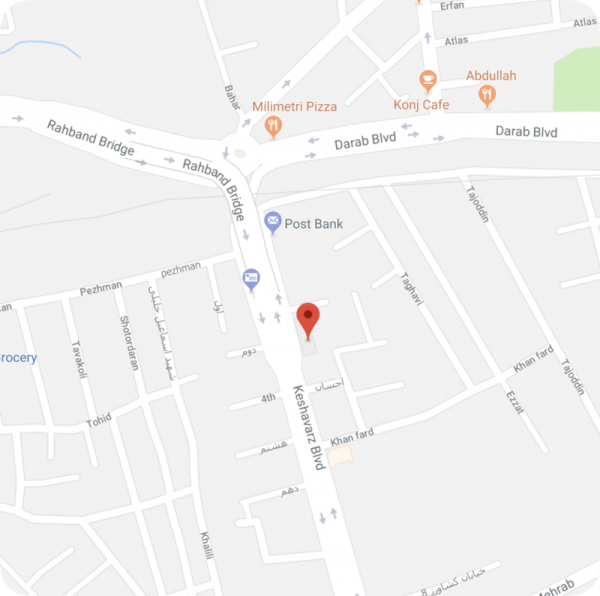Amniocentesis
What is amniocentesis?
Amniocentesis is a prenatal diagnostic medical technique in which a small amount of amniotic fluid is taken and genetically tested. The most common tests performed on a sample are chromosomal tests and aneuploidy tests. This test is done around 15 to 18 weeks of pregnancy. At this time, the uterus and fetus are enlarged and there is enough amniotic fluid to remove this volume of fluid and there is no problem for the fetus.
Who should be tested for amniocentesis?
1. Pregnant women who are at high risk for screening procedures.
2. Pregnant women with abnormal results on ultrasound.
3. Couples are at high risk of having a child diagnosed with a genetic disease such as thalassemia or tuberculosis.
4. People who have a history of recurrent miscarriage or the birth of a child with chromosomal problems such as Down syndrome.
5. Couples who carry chromosomal aberrations or abnormalities.
How to do amniocentesis:
After determining the age of the fetus, heart rate, placenta, and amniotic volume with the help of ultrasound, the appropriate place for sampling is selected. The mother’s abdomen is disinfected and anesthetized at the site of the uterus, then a special needle is inserted into the uterus under the direct control of ultrasound, then a water bag is taken and a small amount of amniotic fluid (about 20 ml) is taken and sent to a laboratory for genetic testing.
The pain from this test is less than the pain from a muscle injection.
What defects are detected by amniocentesis?
Amniocentesis is used to diagnose chromosomal abnormalities and other fetal problems, such as:
Down syndrome (trisomy 21), Edward syndrome (trisomy 18), Patau syndrome (trisomy 13), and all aneuploids in general
Fragile X Syndrome
Neural tube defects by determining alpha-photoprotein levels
What can not be examined by amniocentesis?
There is a 5 to 3 percent risk of developing congenital disorders of unknown cause in each pregnancy. Examples include diabetes mellitus, mental disorders, and cardiovascular damage. Amniocentesis is not useful in the study of this group of congenital disorders and diseases.
Is amniocentesis a high-risk test?
The probability of miscarriage in the sample is estimated at 0.5 to 1% and the risk of infection following this test is estimated at 1 in 3,000 amniocenteses.
The amniotic sac hole heals and the volume of fluid removed from the amniotic sac is compensated within a short time and returns to normal.
Maternal blood type is determined before the test and if the mother is Rh-negative, Rugam injection should be given to the mother to prevent fetal damage.
During sampling and after the test, the mother may experience a slight sensation of pain and spasm in the lower abdomen and see blood stains or a small discharge of fluid that will go away within 1 to 2 days.
About 1-2% of pregnant women experience severe spasms or fluid leaks and bleeding after the test, in which case you must contact your doctor.
Benefits of amniocentesis
In short, amniocentesis is a low-risk process that provides useful information about many chromosomal problems and possible fetal abnormalities.
Contract organisations
Fajr Sari Laboratory for the Advancement of Dear Patients With More Than 20 Insurance Companies





